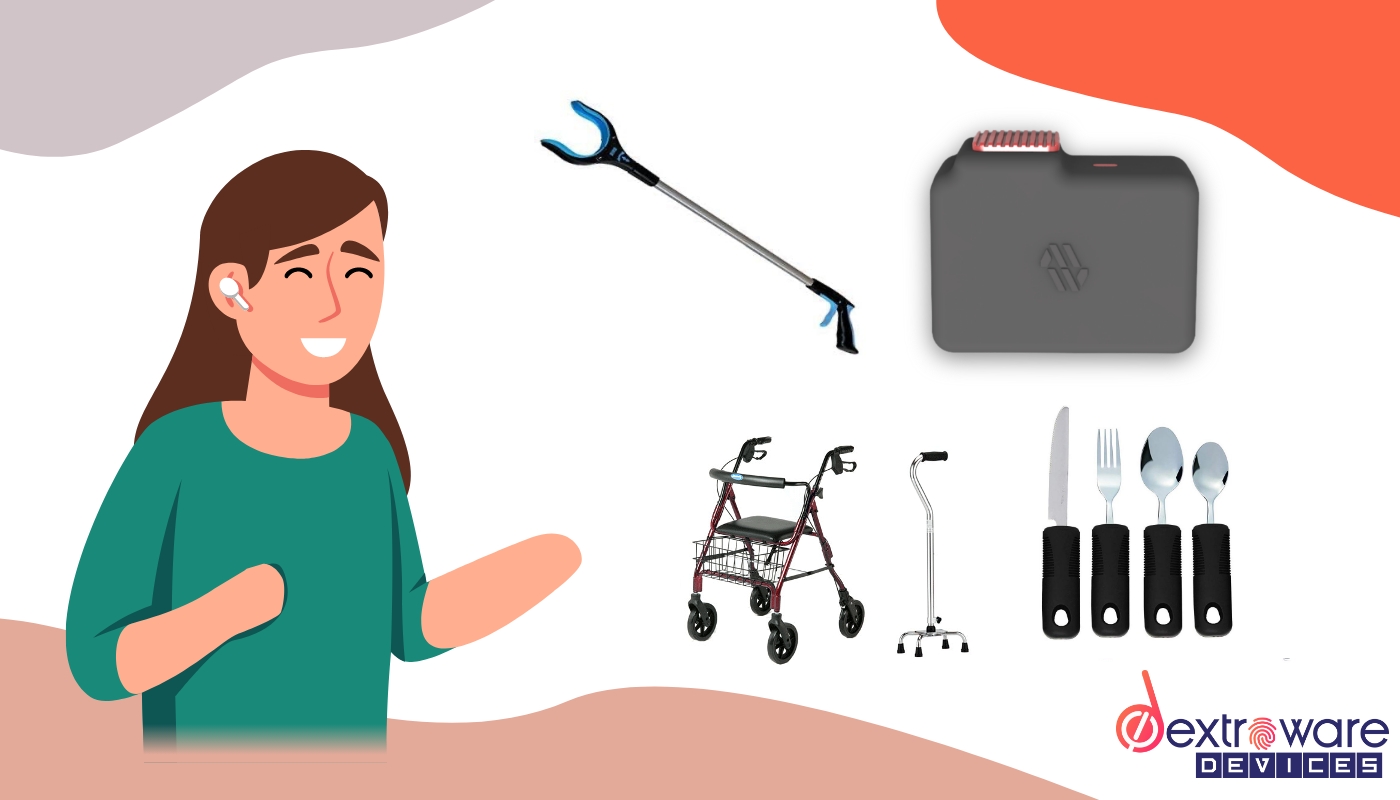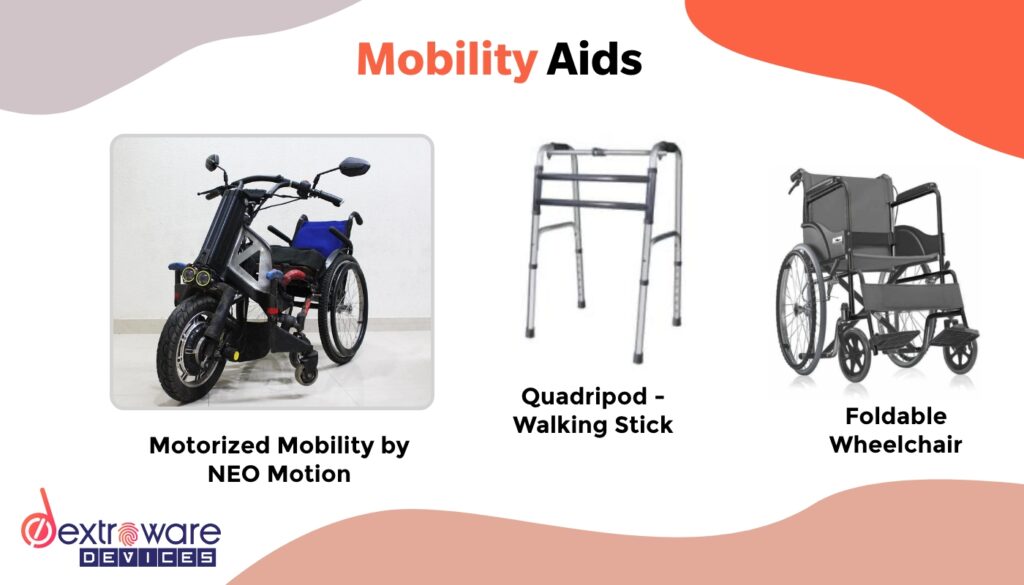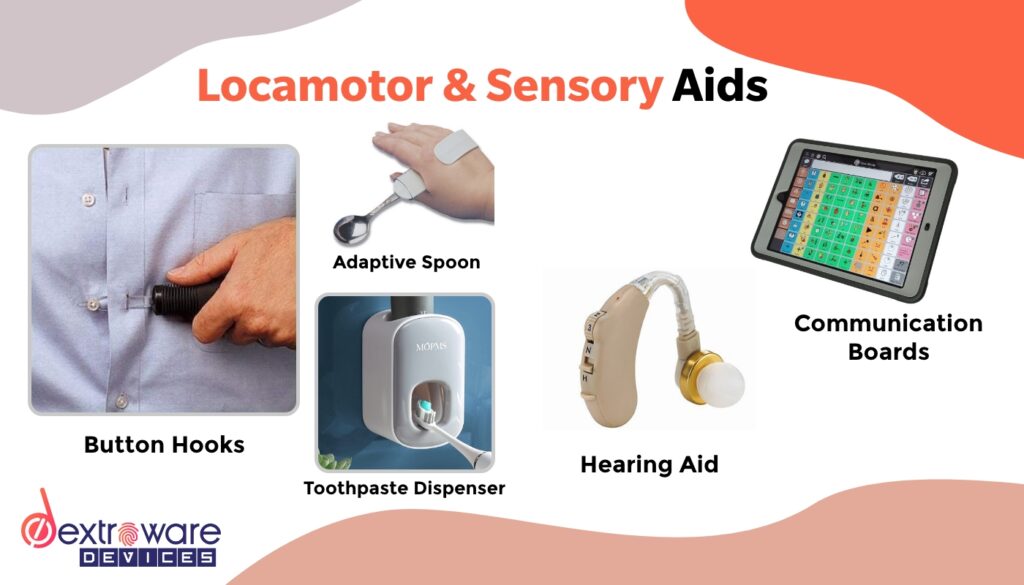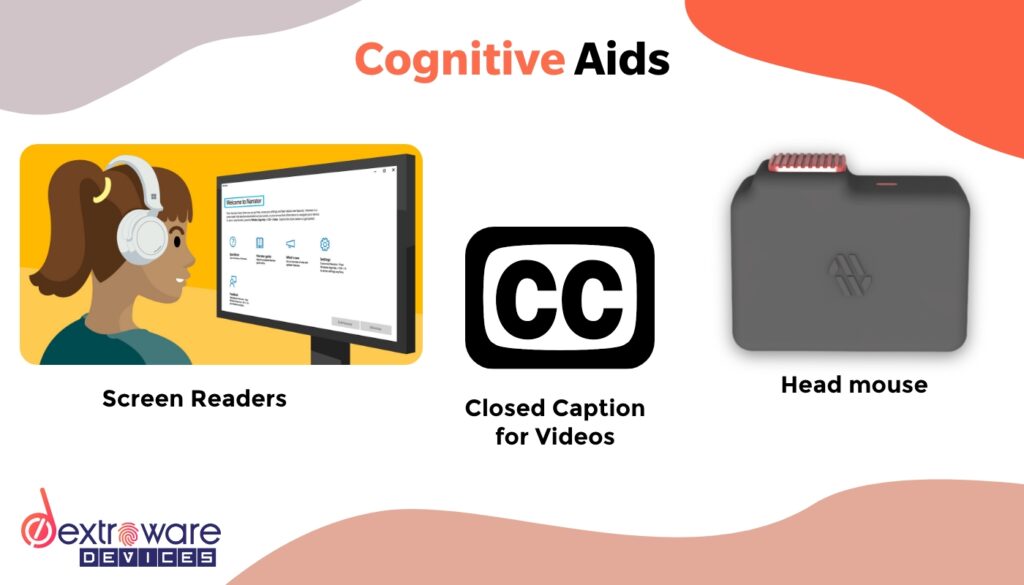
Adaptive equipment helps people with disabilities live a more comfortable and independent life. Adaptive equipment includes mobility aids, assistive devices, and communication aids. There are many different types of adaptive equipment, and each has its own unique benefits. By understanding these benefits, you can make the decision whether or not adaptive equipment is right for you.
In this blog, you'll learn about the different types of adaptive equipment and why they're so important. You'll also learn about the advantages of using adaptive equipment, and how it can help people with disabilities live a more comfortable and independent life. Finally, you'll find answers to common questions about adaptive equipment. So be sure to read on to learn all you need to know about adaptive equipment!
Adaptive equipment can make a big difference in the lives of people with disabilities.
So, what is adaptive equipment?
Adaptive equipment can be defined as any piece of equipment that can be adapted to suit the needs of people with disabilities. There are a variety of adaptive devices available, so it's important to choose the right one for you. For example, if you're a wheelchair user, you may want to get a mobility scooter. Or if you have difficulty using your hands, you might want to get an adaptive keyboard. By understanding the different adaptive devices and finding the perfect one for you, you can ensure that adaptive equipment is a valuable addition to your life.
You might also hear a similar word called Assistive technology. Assistive technology is similar to adaptive devices in the way they help people with disability do things. Assistive technology helps people with using a particular technology.
Adaptive equipment for a person with a disability is prescribed based on the assessment called ADL assessment or activities of daily living assessment. ADL assessment helps the occupational therapist to evaluate your typical activities in your day-to-day life. These tests might include things like dressing, toileting, handling different types of utensils in your home, Grooming, bathing, feeding, etc.

Adaptive equipment can be a lifesaver for people with disabilities. It can help them get around easily and live more independent lives. There are many types of adaptive equipment on the market, so it's important to find the best option for you. Adaptive equipment can improve mobility, help with daily tasks, and even provide a sense of independence. So, take the time to explore all the benefits of adaptive equipment and make the necessary changes to your life so you can live the best possible life!
Adaptive devices are one of the most important assistive technology devices in occupational therapy.
When a person is in need of an adaptive device, doctors recommend them based on their disability and ADL assessment.
The person's ability to perform adls and iadls (instrumental activities of daily living) activities dictates the kind of adaptive device the person might need.
People with limited mobility or no mobility can use adaptive devices to do their daily activities.
The main objective of using an adaptive device is to help increase accessibility for people with special needs. Similar to how medical equipment can help with surgery or how a wheelchair can help with the mobility of a person with a lower limb injury. The adaptive device can ease the friction of doing basic duties for a person with a disability.
Adaptive equipment can make living with a disability much easier. There are a variety of options available, so it's important to select the right one for your needs. Some common adaptive equipment types include wheelchairs, scooters, and walkers. Once you've selected the right adaptive equipment, be prepared to adjust it its use gradually over time based on your usage and disability. Remember, adaptive equipment is not a one-time purchase - it's an ongoing commitment that will make your life much easier.
One of the main characteristics of any adaptive device is to be durable. Durability is one thing that should be focused on as the people using it can have a locomotor disability, jittery hands, or other types of physical disabilities.
A built-up handle is a perfect example of an adaptive device, as it helps people with disability eat better and its is durable.

Adaptive devices can be broadly categorized as you see below.
These instrumental activities of daily living need not be done on a daily basis, however, being to do these iadls activities is more important than being able to adls activities.
With that in mind, these are some of the instrumental activities of daily living
Adaptive equipment can help people with disabilities by providing them with the ability to do things that they could not otherwise do. This includes everything from increasing mobility to helping with communication and learning abilities. Adaptive devices are often very affordable, making it a great investment for people of all incomes. Many different types of adaptive equipment are available, so be sure to find what works best for you! So go ahead, ditch the old methods and start living life to the fullest - with adaptive equipment by your side!
It is recommended for you to have a caregiver if you are a person with a disability. A caregiver can help set up the adaptive device for you and make adjustments if and when you need to.
Adaptive devices can have a huge impact on people with disability. Here are some of the types of disabilities that can have huge impact and ease their daily activities.

Adaptive equipment can make life much easier for people with disabilities. Not only do they reduce their dependence on others, but adaptive equipment options also come in a variety of styles, sizes, and prices.
We always recommend you consult a doctor who is familiar with your disability and an adaptive equipment consultant before finalizing the type of adaptive device you are going to purchase.
Before making a purchase, it's important to ask about the adaptive equipment manufacturer's warranty and how often it needs to be serviced.
Additionally, be sure to study the different adaptive equipment options so you can find the perfect one for you.
If you want more information about the best assistive device for people with Arthritis, we recommend you read this article regarding the same
And, if you are looking for an assistive device for people with Cerebral Palsy, here is the article you should read.
Adaptive equipment is a crucial piece of equipment for people with disabilities. It can help them to live a more independent and self-sufficient life by providing them with the mobility they need to participate in everyday activities.
With so many benefits to adaptive equipment, it's important to learn about it and find the right equipment for you. Don't hesitate to leave any questions or comments in the comments section below and our team will be happy to help you out!
Headmouse is one of the adaptive equipment that gives a high return on investment. A Headmouse helps you with using a computer so much easier and faster than any traditional assistive tech.
So if you are considering purchasing a head mouse for yourself or someone you know who has a hand or arm difficulty that makes it difficult to use a traditional mouse, consider this head mouse alternative ‘Mouseware’.
Mouseware offers excellent battery life with its intelligent sleep functionality. With its advanced speed-to-text engine, you can easily type with your voice in 6+ Native languages. Mouseware also offers an industry-leading 1-year warranty and 15 days return policy.
To know more, check out our website.
You can also place an order through our website if you or someone you know will highly benefit from this.
If you are still not sure which head mouse is right for you, we have made a complete guide on choosing your ideal head mouse as there are so many types of head mice.